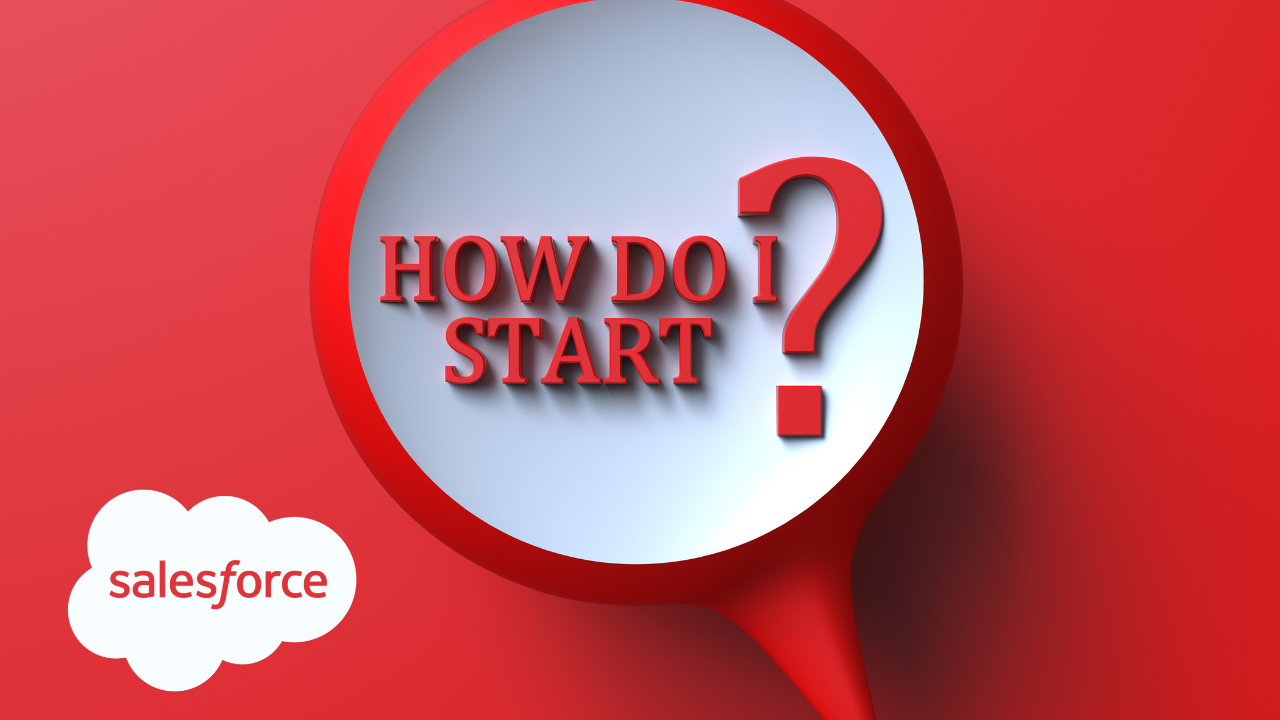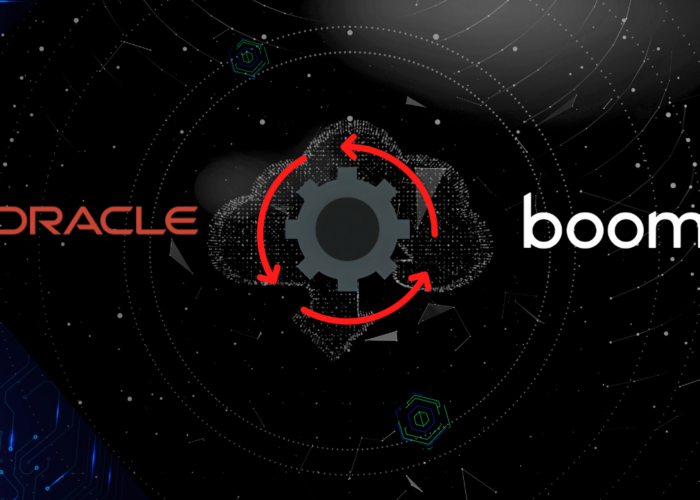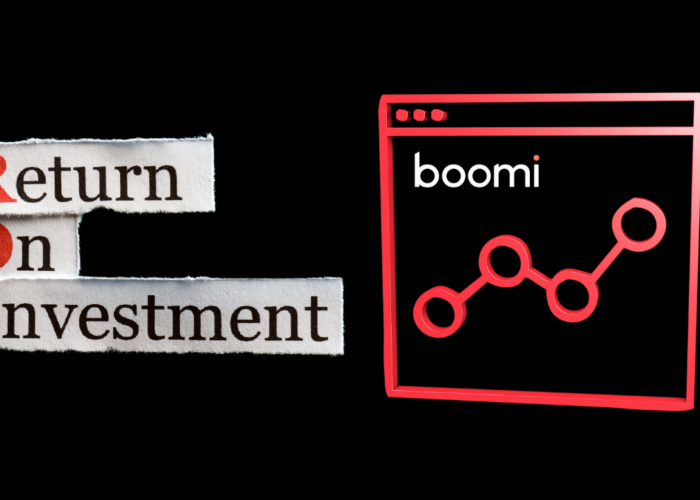What are your motivations behind integrating Salesforce as part of your company’s digital systems? Analyse your goals further; in this chapter, you can read about some advantages, patterns, and practices that will help you kickstart your Salesforce integration journey.
|
Why integrate Salesforce within your organisation? Key benefits of Salesforce integration
The integration of Salesforce into your IT infrastructure offers common benefits such as:
- Better quality and quantity of customer information: Salesforce allows you to keep an eye on all customer information from a single location. This allows companies to make better decisions with regards to customer interactions, especially during marketing initiatives and the sales cycle.
- Improved data accessibility: Salesforce enables users to access data from sources that are siloed from the rest by bringing them all to one spot. Salesforce also allows people to access data from anywhere in the world, through any number of devices and operating systems.
- Increased collaboration: Salesforce enables multiple teams and users to communicate cross-functionally through a host of shared records, ensuring faster response times for customers overall.
- Enhanced productivity: integrating with Salesforce enables the automation of manual data entry for specific tasks, reducing the likelihood of errors and enhancing the speed and efficiency of data handling.
- A path to modernisation: enterprises need enlightening insights to facilitate good decision-making. Salesforce modernises the way in which your organisation stores data despite the large volumes that are generated by the minute.
What are the different integration patterns in Salesforce? Top 6 Common Salesforce Integration Patterns and Solutions
Let’s take a look at the definition of each Salesforce pattern, its possible solutions (implementations), and factors that influence the choice of the pattern for a particular scenario.
Remote Process Invocation: Request and Replay
When an event occurs in Salesforce, a Request and Replay solution is used to initiate a process in a remote system and receive a response from the same system to make updates in Salesforce.
Solutions: external services invoking REST API, Salesforce Lightning, custom Visualforce page, synchronous triggers from Salesforce data changes with asynchronous callouts, batch Apex invoking external services.
Considerations: synchronous or asynchronous remote system call, small or large message size, type of event, latency of request.

Image 1: Salesforce invoking a remote system
Remote Process Invocation: Fire and Forget
When an event occurs in Salesforce, a Fire and Forget solution does not wait for a response from the remote system and simply passes the information required to initiate a process on the same system.
Solutions: process-driven and customisation-driven platform events, workflow-driven outbound messaging, customer user-interface, triggers.
Considerations: necessity of a response from remote system, synchronous or asynchronous remote system call, small or large message size, event type, necessity of a guaranteed message delivery from Salesforce, long polling support by endpoint.

Image 2: Salesforce invoking a remote system without expecting a response
Batch Data Synchronisation
This type of solution is implemented when data needs to be imported into and exported out of Salesforce without interrupting end-user activity too much.
Solutions: change data capture, ETL tools, manual remote calls.
Considerations: necessity of storage of data in Salesforce, necessity of refreshed data upon an event, necessity of scheduled refreshing of data on a scheduled basis.
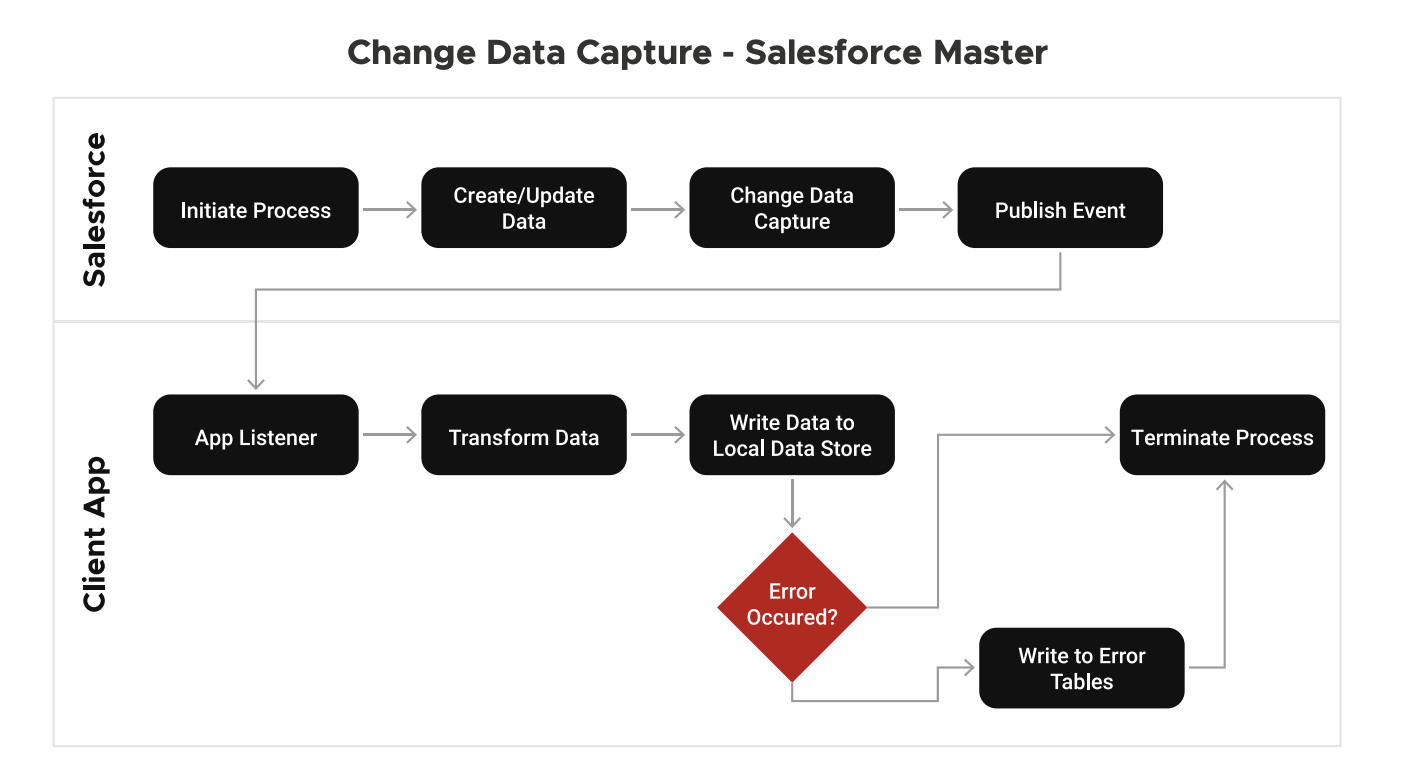
Image 3: Salesforce batch data synchronisation through change data capture
Remote Call-in
This type of solution is used when a remote system needs to connect and communicate with Salesforce about external events, record creation, updates, etc.
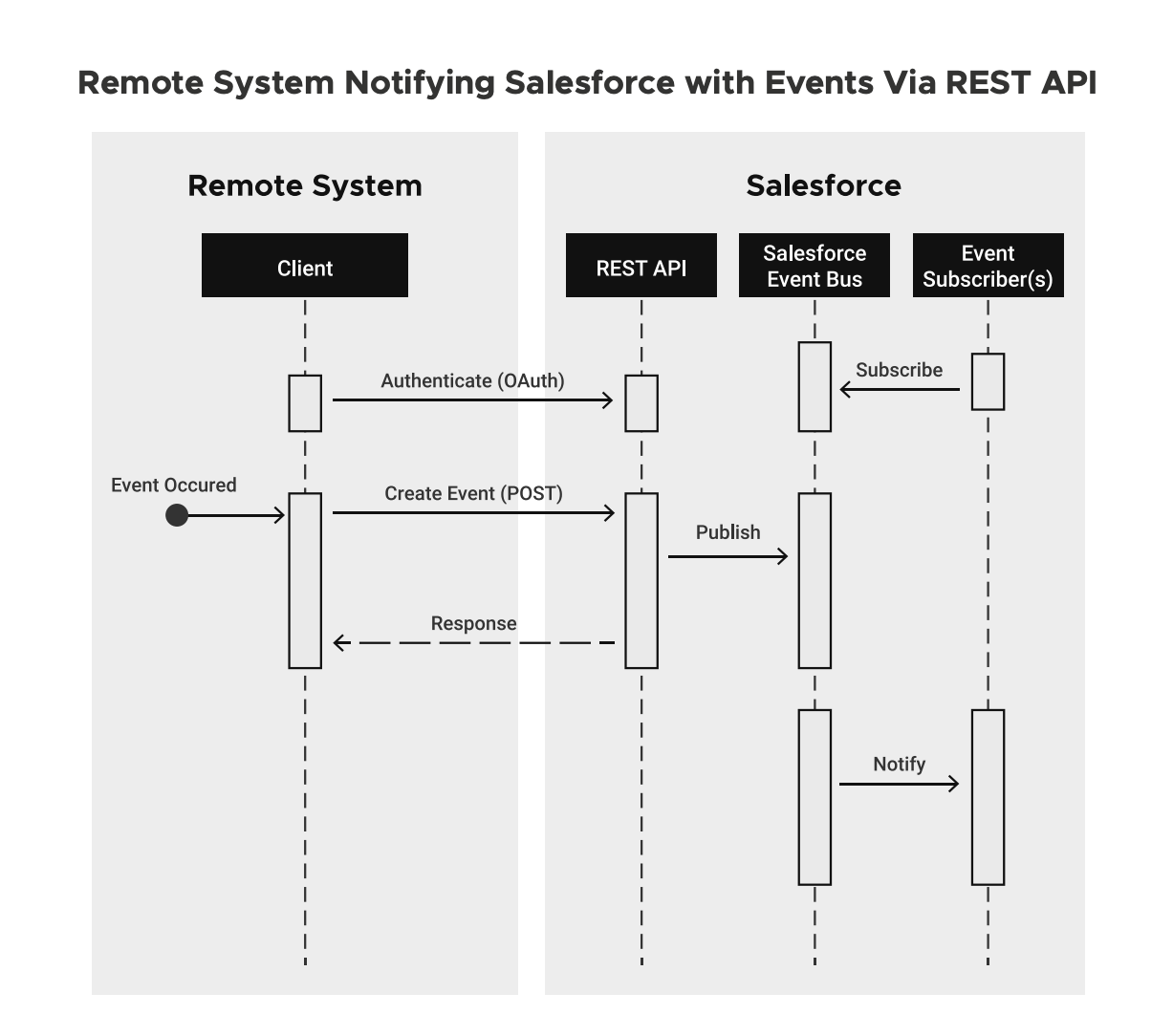
Image 4: Salesforce communicating with remote system through REST API
Solutions: SOAP APIs, REST APIs, custom APIs (Apex-based APIs, used when no other out-of-box solutions are available).
Considerations: the extent to which customisation of Salesforce is acceptable, requirement of transaction processing, message size and format, number of Salesforce objects, necessity to notify Salesforce about external events through an event-driven architecture.
UI Update Based on Data Changes
A solution for when users want to be notified of a Salesforce event within the application’s user interface without losing continuity of their work (eliminating screen refresh).

Image 5: Salesforce UI Update upon data change
Solutions: Salesforce Streaming API.
Considerations: necessity to store data in Salesforce, necessity for a custom user interface to view this data when invoked by the user.
Data Virtualisation
This is used when users want to view external data in Salesforce without actually moving the data to Salesforce.

Image 6: Salesforce data virtualisation
Solutions: Salesforce Connect, custom request and reply.
Considerations: need to store large amounts of data in the cloud but display it in Salesforce, data residency concerns, real-time access to most recent data, need to access small amounts of data from remote systems at any given time.
Two factors affecting the choice of Salesforce integration patterns
Your Salesforce integration pattern can be used in different scenarios based on two determining criteria. The first one is timing, determining the need for real-time integrations and processing. The other criterion is the type of interaction Salesforce has with external systems. In the table below, we’ve illustrated these criteria in a way that’s easier to grasp:
| Criteria | Explanation |
|
Timing |
|
|
Type of interaction |
|
A checklist of considerations for a successful Salesforce integration
Successfully integrating Salesforce into your organisation requires a meticulous approach. To aid you with this, we’ve curated a checklist of considerations to ensure a seamless Salesforce integration:
1. Complexity of Use Cases and Business Requirements
- Evaluate the complexity of your use cases and specific needs as a business to create a more targeted integration approach.
2. Impact on Implementation
- Recognise how the complexity of your use cases influences the implementation process of Salesforce.
- This will help you anticipate potential challenges and resource requirements so that you can adjust your implementation plan as per these estimations.
3. Integration Strategy
- Develop a comprehensive integration strategy that considers People (skills and teams), Processes, and Applications.
- Make sure that your strategy does not exceed your organisation’s capabilities.
4. Data Security and Compliance
- Prioritise data security and compliance with industry regulations throughout the integration process.
5. Scalability
- Choose an integration approach that can scale with any future business growth.
- Choose flexible solutions that allow you to add new functionalities or modules to your Salesforce integration without breaking the flow of existing processes.
6. Proper Testing and Error-Handling
- Implement trusted testing procedures to identify and address possible issues before they affect operations.
7. Continuous Performance Monitoring
- Even after the deployment of your solution, create methods to regularly survey and optimise the performance of your Salesforce integration to ensure its stability.
8. Vendor Support
- Finally, make sure to select an integration solution that can help you through rough patches even after the deployment phase. Having a vendor that responds with timely updates and assistance takes a lot of the weight off your shoulders.
A Better Approach: the Magic of Middleware
After careful consideration of the above-mentioned common Salesforce integration patterns, you might find that they are more suitable for straightforward integration scenarios. However, for intricate projects with substantial data volumes, channels, and endpoints, turning to middleware solutions is a game-changer.
The Power of Middleware
Complex endeavours dealing with large data volumes benefit greatly from the following capabilities that middleware solutions have to offer:
- Reprocessing Capabilities: this feature allows you to revisit and reevaluate data processing, ensuring a higher degree of accuracy and reliability.
- Extensive Monitoring: complex projects demand a vigilant eye on operations. Middleware solutions provide insights into the nitty-gritty details of the integration process. This not only enhances troubleshooting but also contributes to an optimised system across the board.
Why Boomi Stands Out
In the realm of middleware solutions, Boomi emerges as a major player for Salesforce integration. While it’s important to choose the right solution for your business, Boomi’s integration platform as a service (iPaaS) is extremely versatile, readily able to address the nuanced requirements of a variety of different integration projects, both small and complex.
Let’s have a look at how Boomi stands out among other middleware solutions in the market:
- Ability to enhance data processing post-deployment.
- Granular view of integration performance and proactive resolution of issues.
- Flexible enough to scale despite business growth and the subsequent rise in data without decreasing in efficiency.
- Ability to tailor its functionalities reliably according to evolving business requirements.
It’s time to delve into why Boomi is not just a player but a leader for Salesforce integration. Buckle up as we explore the elements that make Boomi a sure-fire way to guarantee a successful integration journey in the next section.
Integrate Salesforce with Chakray
For organisations focused on improving their customer relationships whilst facilitating their business processes, a Salesforce integration is a top priority. Our team at Chakray takes great pleasure in observing the common challenges during a Salesforce integration before taking any measurable actions. We take into account your unique considerations and more before providing our services.
Additionally, as a trusted Boomi partner, we offer our expertise on how to transform the platform into a working solution, even in the case of an integration with a CRM. With Chakray guiding you through every step, you can strengthen your organisation’s scalability, data security, and adherence to industry standards today.


Talk to our experts!
Contact our team and discover the cutting-edge technologies that will empower your business.
contact us